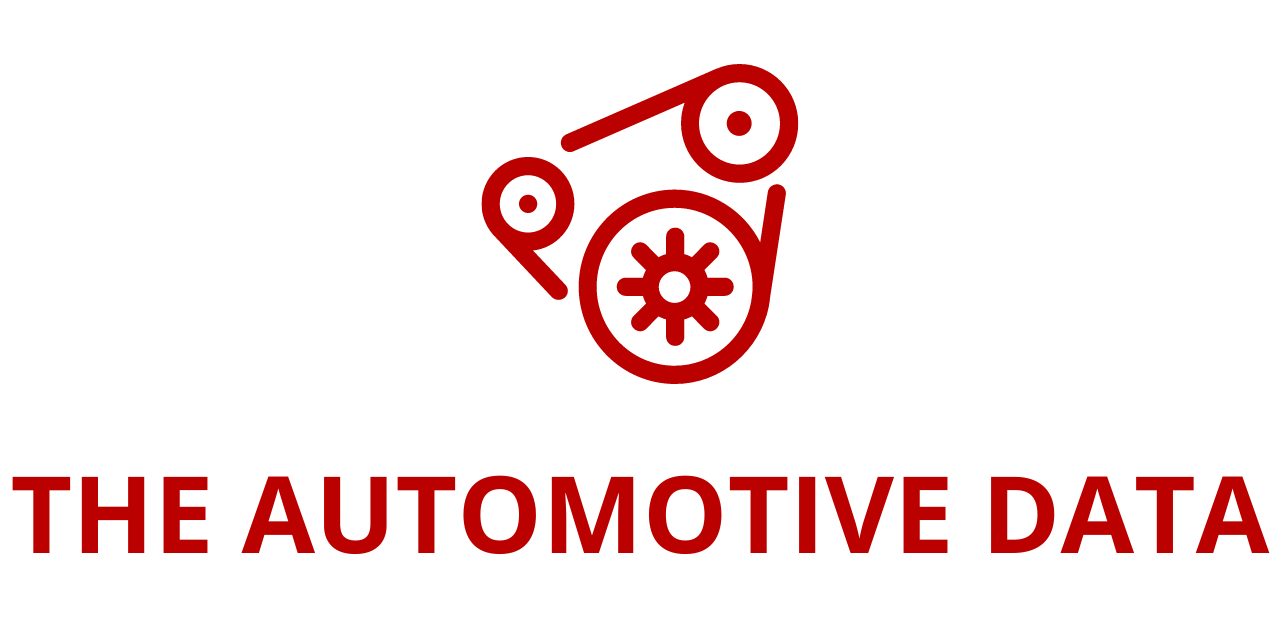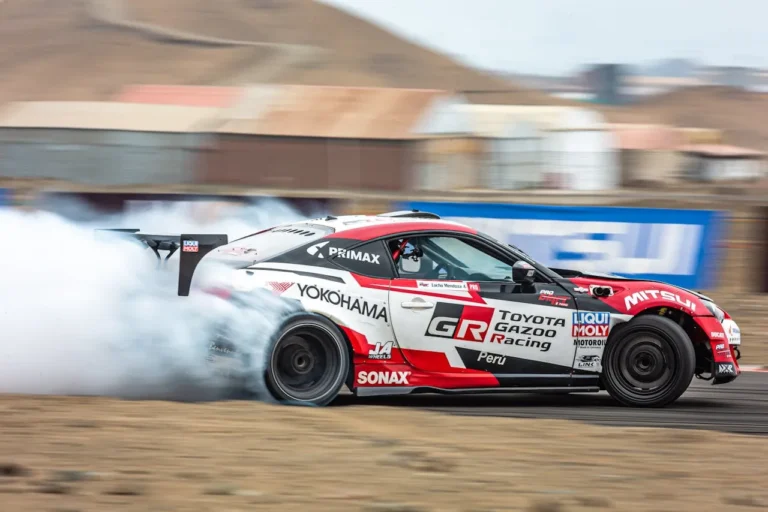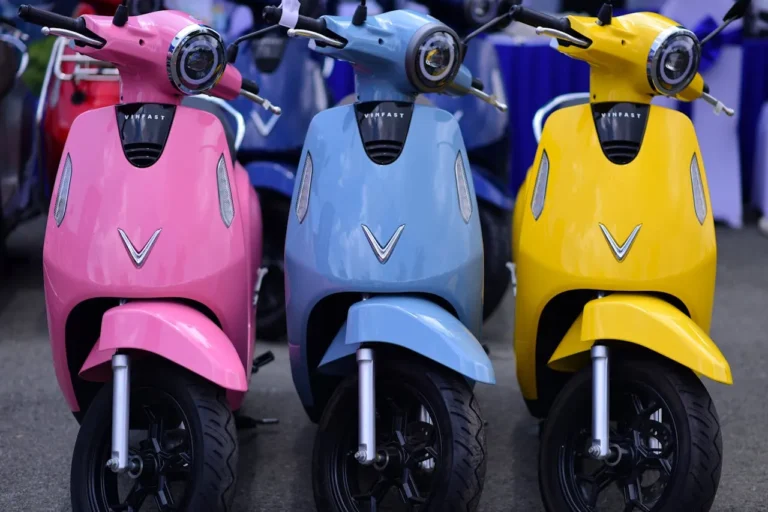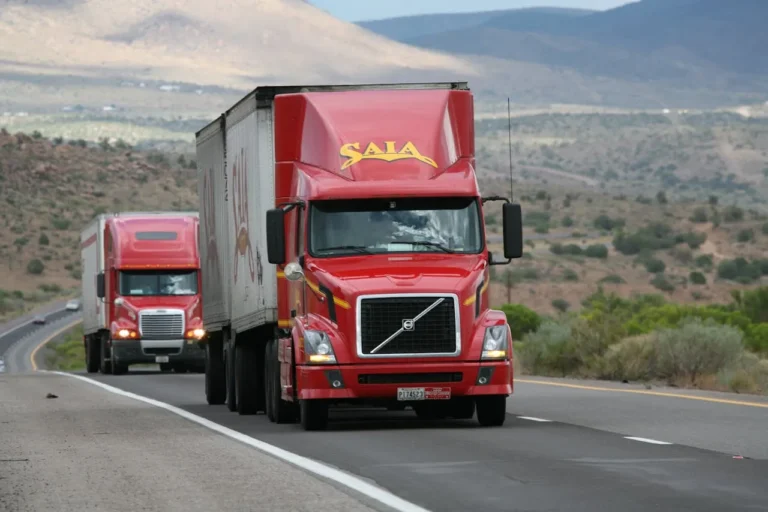
Pathways for the U.S. Auto Industry to Reshore, Build Resilience, and Lead in Technology
At a moment of extreme volatility, the U.S. original equipment (OE) automotive industry has reached a decisive turning point. Global supply disruptions, geopolitical tensions, rapid technology transitions, and intensifying international competition are forcing a fundamental rethink of how and where vehicles and components are designed, sourced, and manufactured. Resilience is no longer a buzzword; it is a strategic imperative.
This is the central theme of Turbocharging US Automotive Manufacturing Competitiveness, a landmark study by Arthur D. Little (ADL) in collaboration with MEMA Original Equipment Suppliers. The report makes it clear: securing the future of the U.S. OE automotive sector will require coordinated, sustained action from policymakers, automakers, and suppliers to rebuild domestic capabilities, reduce dependence on imports, and prepare for a software-defined, electrified future.
A Deep Dive into the U.S. OE Supplier Landscape
The study is grounded in a robust research base. ADL and MEMA gathered input from more than 100 global OE automotive suppliers with significant U.S. operations, complemented by over 30 C-suite interviews with leaders from some of the largest and most influential suppliers in the world.
This combination of quantitative and qualitative insight allows the report to do three things:
- Diagnose the current state of the U.S. OE automotive supply chain.
- Quantify key risks linked to import dependence, labor, and technology gaps.
- Recommend clear strategic actions to transform the sector, strengthen resilience, and safeguard U.S. competitiveness in the global automotive arena.
The findings make it clear that while the U.S. remains a critical market and innovation hub, its supply base is structurally vulnerable and facing mounting pressure from global rivals.
High Import Dependence: A Structural Vulnerability
One of the report’s central messages is that the U.S. OE automotive supply chain is heavily dependent on imported components and materials across multiple critical categories. This import reliance exposes manufacturers and suppliers to:
- Cost volatility, driven by currency swings, freight rate spikes, and fluctuating commodity prices.
- Geopolitical risk, including trade disputes, sanctions, export controls, and regional instability.
- Logistical fragility, as seen during the pandemic and subsequent disruptions, when port congestion, container shortages, and transport bottlenecks slowed or halted production at U.S. plants.
In this context, current reshoring efforts are not just about “bringing jobs home”; they are about strategic resilience. The report argues that shifting production closer to U.S. end markets can:
- Shorten and simplify supply chains.
- Reduce exposure to overseas disruptions.
- Help secure long-term access to critical technologies and capabilities.
- Position the U.S. as a stronger competitor in emerging automotive technologies.
However, reshoring is not a simple plug-and-play solution. ADL’s analysis evaluates where and how reshoring makes economic and operational sense, and identifies where critical gaps remain.
Component Groups Under the Microscope
The report structures its analysis around major groups of automotive parts and systems, examining their current sourcing patterns, technological requirements, and reshoring potential. These groups include:
- Body and chassis components
- EV batteries and electric motors
- Internal combustion engines (ICE) and transmissions
- Interior systems and plastics
- Tires and rubber products
- Electrics and electronics
For each category, the study assesses:
- The balance between domestic production and imports.
- The complexity and capital intensity of manufacturing.
- The availability of domestic suppliers and machinery.
- The exposure to geopolitical or single-source risks.
The research finds that while some categories already have a strong U.S. footprint, others—particularly batteries, advanced electronics, and certain precision components—still rely heavily on foreign supply, often concentrated in a few countries. That concentration represents a significant risk in an era of shifting alliances, trade disputes, and industrial policy competition.
Four Key Shaping Forces: Labor, Automation, Supply Chain, Policy
Across all component groups, the study identifies four overarching forces that are shaping the future of the U.S. OE automotive supply base:
- Labor
- Persistent shortages of skilled workers are a major constraint.
- Many suppliers struggle to attract and retain talent in areas like advanced machining, mechatronics, robotics maintenance, software, and electronics manufacturing.
- Demographic shifts and competition from other industries further tighten the labor market, raising costs and limiting capacity expansion.
- Automation
- Automation is essential for improving productivity and offsetting high labor costs, yet many U.S. facilities lag behind global leaders in adopting advanced automation, robotics, and digital manufacturing.
- Limited in-house expertise and a weak domestic base of industrial machinery providers slow automation deployment.
- This gap undermines the economic case for reshoring in certain product categories where foreign competitors operate highly automated, cost-efficient plants.
- Supply Chain Structure
- Many current supply chains are globally optimized for cost, not resilience.
- Multi-tier supply visibility is limited, making it difficult to identify upstream risks until they materialize.
- A lack of redundant suppliers, especially for specialized components and materials, increases vulnerability to single-point failures.
- Regulation and Policy
- Competing countries, particularly in Europe and Asia, have benefitted from coherent, long-term industrial strategies that support domestic manufacturing, technology development, and capital investment.
- The U.S., by contrast, has historically lacked integrated industrial policies at the scale needed to systematically build and sustain high-tech manufacturing ecosystems.
- Although recent legislation and incentives are a step in the right direction, the report underscores that more holistic, consistent, and long-term policy support is required.
These four factors interact and reinforce each other: labor shortages slow automation; weak machinery supply bases limit productivity gains; fragmented policy frameworks discourage long-term strategic investment.
The Policy Gap: Competing Without a Holistic Industrial Strategy
ADL and MEMA make it clear that many of the U.S. industry’s current constraints are not simply the result of market forces; they are the outcome of decades without a comprehensive industrial strategy. Competing nations have combined:
- Direct incentives for capital investment and R&D.
- Support for training and technical education.
- Strategic funding for critical technologies like batteries and semiconductors.
- Coordinated infrastructure development and export support.
The U.S. now finds itself in a position where its suppliers must catch up on multiple fronts simultaneously: automation, digitalization, workforce skills, and high-tech component manufacturing.
The study therefore calls for:
- Long-term policy consistency that enables companies to plan multi-year investments with confidence.
- Targeted incentives to build domestic capacity in critical products and technologies, rather than broad, fragmented programs.
- Stronger public-private collaboration, ensuring that policy design is informed by real-world manufacturing and supply-chain realities.
Technology Shift: From Traditional Hardware to High-Tech Systems
While solving existing bottlenecks is vital, the report stresses that the U.S. OE automotive sector must also prepare for a profound technology shift. Vehicle architectures are moving rapidly toward:
- High-performance semiconductors and computing platforms to support advanced driver assistance, connectivity, and autonomy.
- Advanced electronics integrated across the vehicle, from infotainment and power electronics to domain and zonal controllers.
- Electrified propulsion systems, including batteries, inverters, e-motors, and thermal management systems.
- Software-defined vehicles, where value increasingly comes from software integration, over-the-air updates, and digital services.
To remain competitive, U.S. suppliers must build or expand capabilities in:
- Power electronics design and manufacturing.
- Semiconductor packaging and integration.
- Battery and energy storage technologies.
- Embedded software, cybersecurity, and systems integration.
The report also notes that these capabilities are not limited to automotive. They are vital to adjacent industries such as:
- Aerospace and defense
- Construction and agricultural equipment
- Marine applications
- Powersports and specialized vehicles
Investments in high-tech automotive capabilities therefore have multiplier effects across the broader industrial base and national security ecosystem.
Building Resilience Through Collaboration
A recurring theme in the report is that no single stakeholder can address these challenges alone. Effective transformation requires tight collaboration among:
- Vehicle manufacturers (OEMs), who must align product plans, technology roadmaps, and sourcing strategies with supplier investments.
- Tier-1 and lower-tier suppliers, who need to invest in automation, digitalization, and technology capabilities while ensuring financial viability.
- Federal and state policymakers, who must create a predictable, supportive environment for long-term industrial development.
- Educational institutions and workforce organizations, who can help close the skills gap through targeted training, apprenticeships, and reskilling programs.
The report suggests that collaborative initiatives—such as regional industrial clusters, joint innovation centers, and shared testbeds—can accelerate capability building and reduce risk for individual companies.
Voices from the Industry
The urgency and opportunity of this moment are captured in the comments from leaders quoted in the study.
Joern Buss, Partner in the Automotive and Manufacturing Group at Arthur D. Little, underscores the breadth of the challenge:
The U.S. automotive supply chain faces unprecedented pressures, from technology shifts to geopolitical tensions. Ensuring its continued competitiveness and relevance requires close collaboration to reshape the industry. Our report highlights the strategic levers that will propel this transformation and the actions needed to foster change.
His remarks emphasize that the industry is not merely tweaking around the edges; it is confronting a structural transformation that demands strategic, coordinated action.
Collin Shaw, President of MEMA Original Equipment Suppliers, highlights the economic significance of the sector and the importance of the roadmap presented in the study:
Vehicle suppliers are the largest manufacturing sector in the U.S. and a cornerstone of our national economy. Developed with industry insight and ADL’s expertise, this landmark study offers a roadmap to strengthen U.S. supplier competitiveness, accelerate innovation, and ensure our industry continues to lead on the global stage.
Shaw’s comments underline that the stakes extend well beyond individual companies. The health of the OE supplier base is tied directly to U.S. manufacturing strength, employment, and technology leadership.
A Roadmap for Future Resilience and Global Relevance
Taken together, the findings of Turbocharging US Automotive Manufacturing Competitiveness send a clear signal: the U.S. OE automotive industry must transform itself to remain resilient and relevant in a rapidly evolving global landscape.
Key implications include:
- Reshoring with strategy, not sentiment
Bringing production back to the U.S. must be guided by rigorous analysis of cost, risk, and capability—not nostalgia. Strategic reshoring should target components and technologies where domestic capacity is critical to resilience and competitiveness. - Investing in people and automation together
Closing the skilled labor gap and advancing automation are mutually reinforcing goals. Building a modern manufacturing workforce while deploying advanced machinery and digital tools will be essential to productivity and cost competitiveness. - Developing high-tech capabilities at scale
From semiconductors and EV systems to software and cybersecurity, U.S. suppliers must move up the technological value chain. This will require long-term investment, partnership with technology firms, and coordinated public-private support. - Embedding resilience into supply-chain design
Resilience must become a core design principle, with diversified sourcing, improved transparency across tiers, and contingency planning built into procurement and production strategies. - Aligning industrial policy with industry realities
Holistic, consistent, and long-term industrial policies can help unlock private investment, support innovation, and ensure that the U.S. retains and grows critical manufacturing capabilities.
About Arthur D. Little
Arthur D. Little has been at the forefront of innovation since 1886. We are an acknowledged thought leader in linking strategy, innovation and transformation in technology-intensive and converging industries. We navigate our clients through changing business ecosystems to uncover new growth opportunities. We enable our clients to build innovation capabilities and transform their organizations.
Our consultants have strong practical industry experience combined with excellent knowledge of key trends and dynamics. ADL is present in the most important business centers around the world. We are proud to serve most of the Fortune 1000 companies, in addition to other leading firms and public sector organizations.
About MEMA Original Equipment Suppliers
MEMA Original Equipment Suppliers exclusively serves vehicle original equipment (OE) suppliers, a part of the largest manufacturing sector in the United States and leading the way in new vehicle innovations. Members conceive, design, and manufacture the OE systems and technologies that make up two-thirds of the value of every vehicle, fueling international commerce and meeting society’s transportation needs. MEMA members are committed to safety and sustainability.
MEMA, The Vehicle Suppliers Association, is the leading trade association in North America for vehicle suppliers, parts manufacturers, and remanufacturers. It has been the voice of the vehicle supplier industry since 1904. Its more than 1,000 members are Strong by Association.
Source Link:https://www.businesswire.com/







